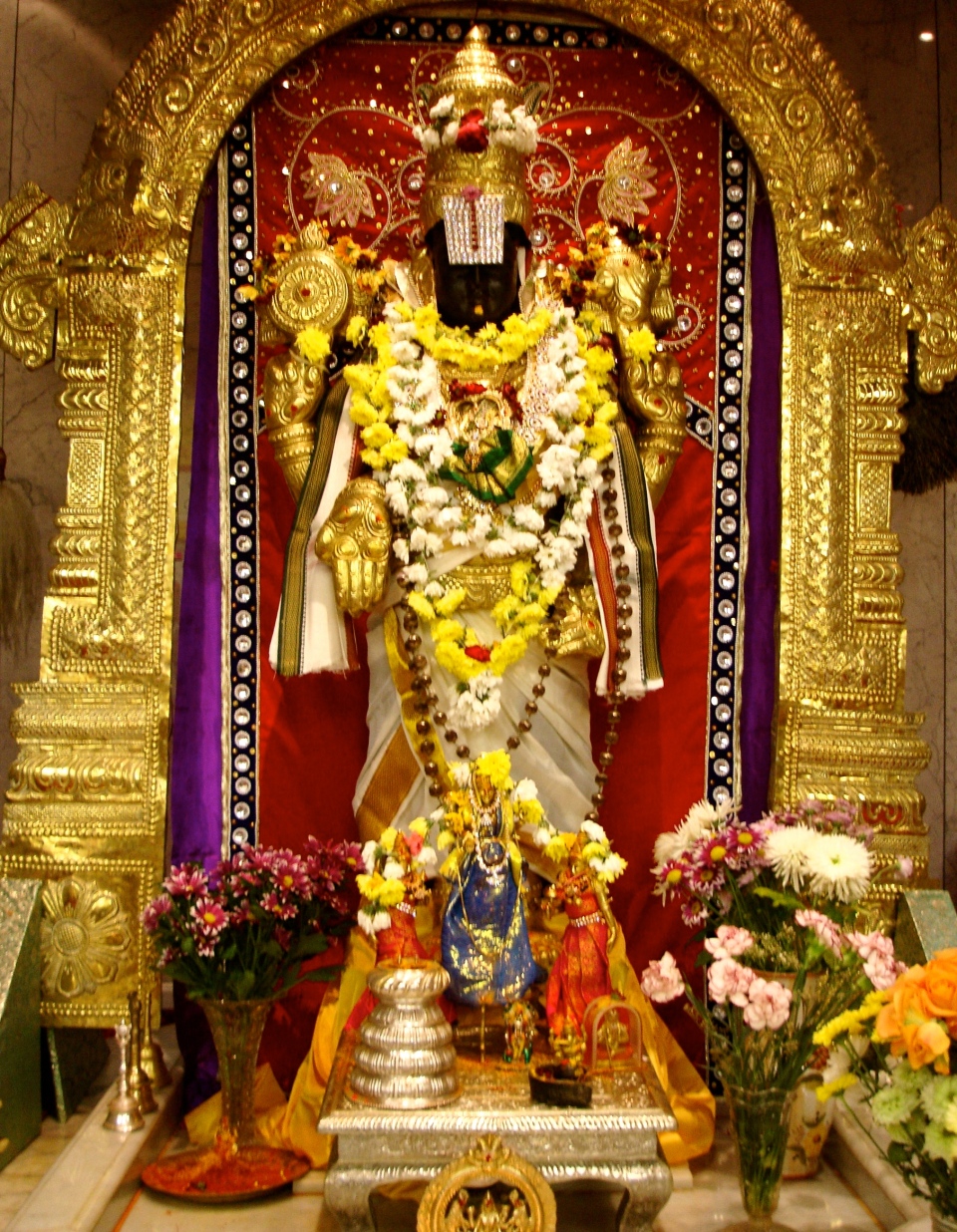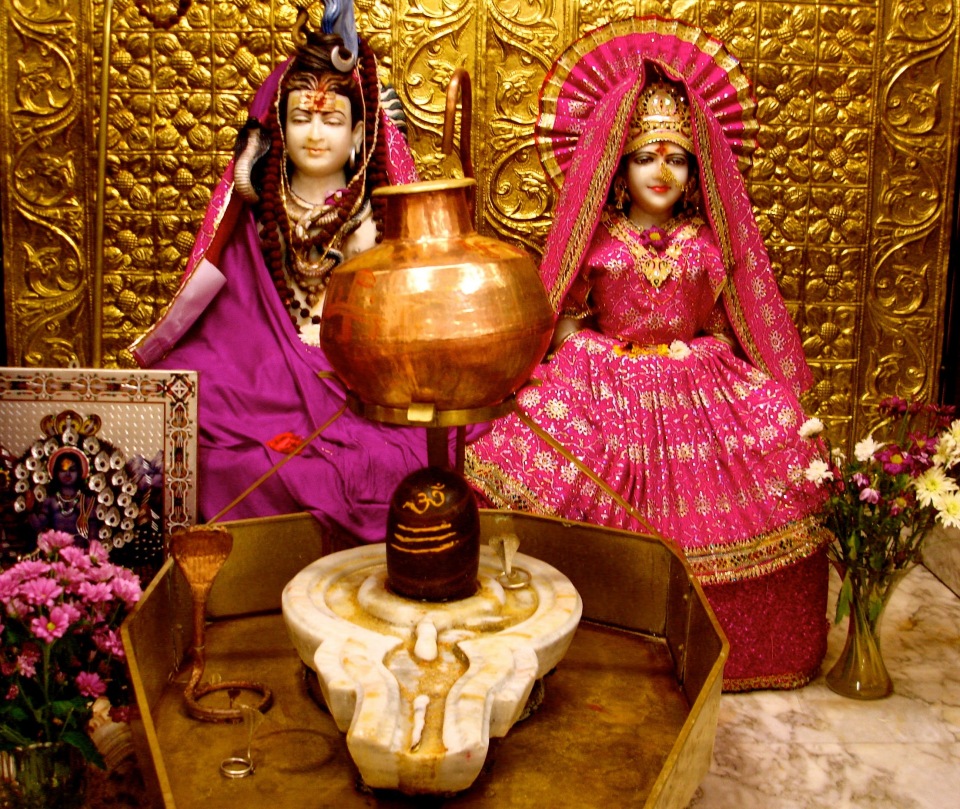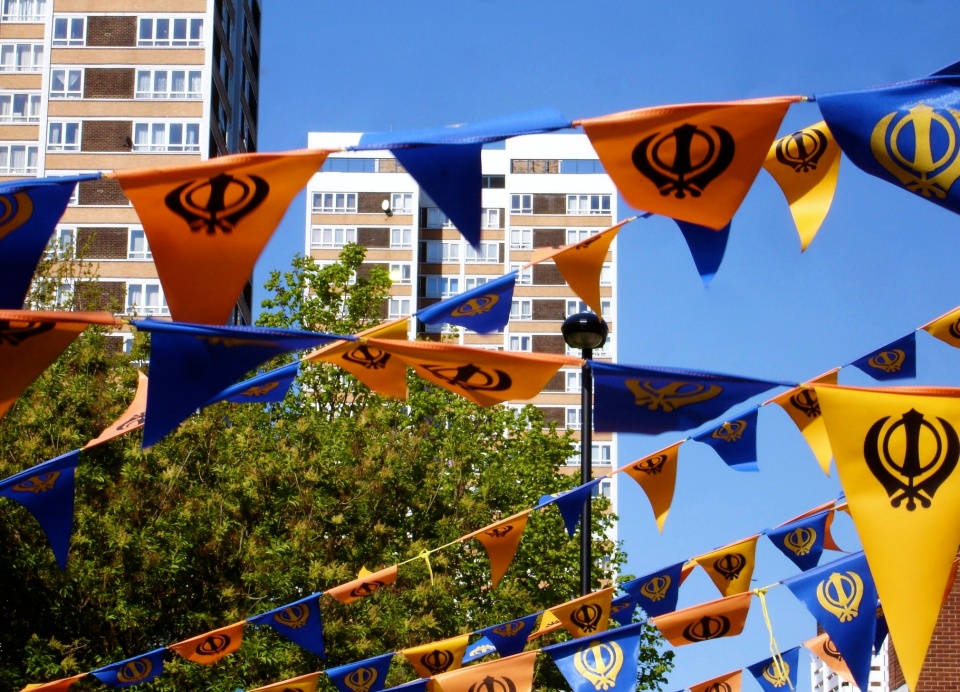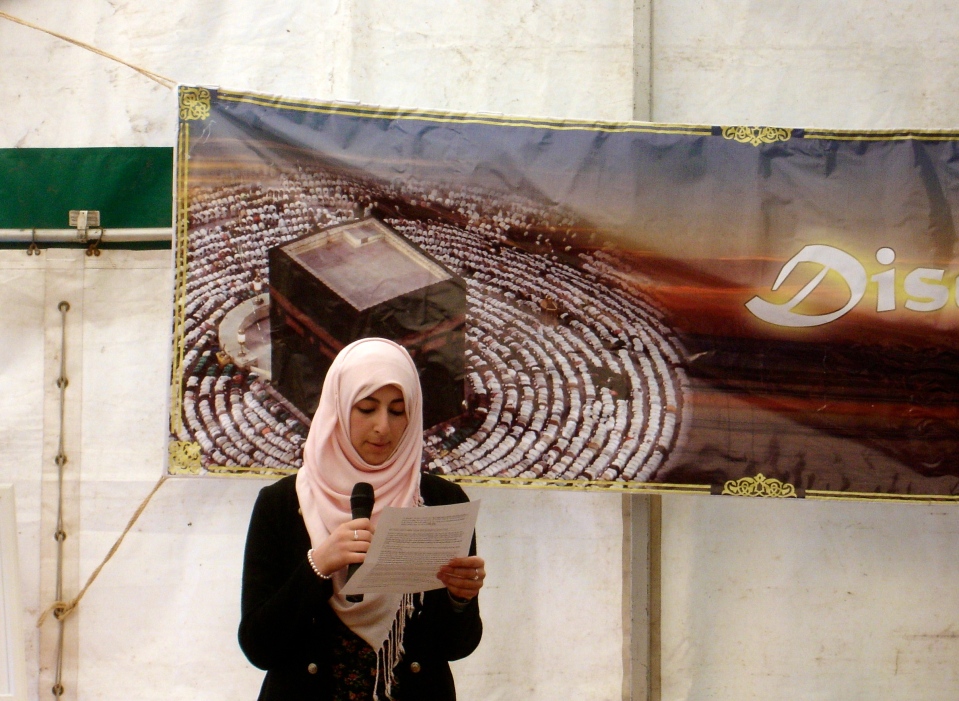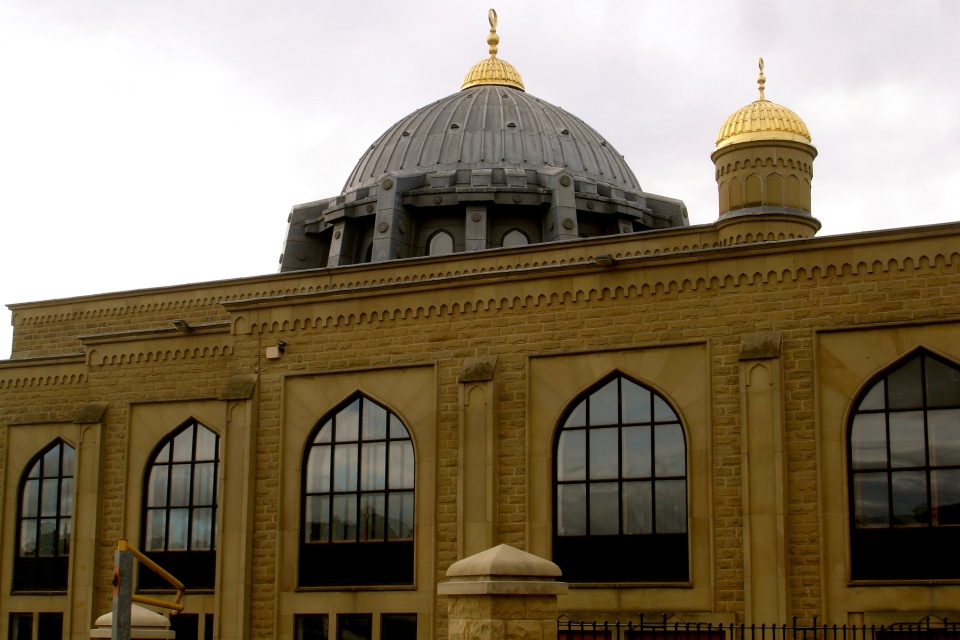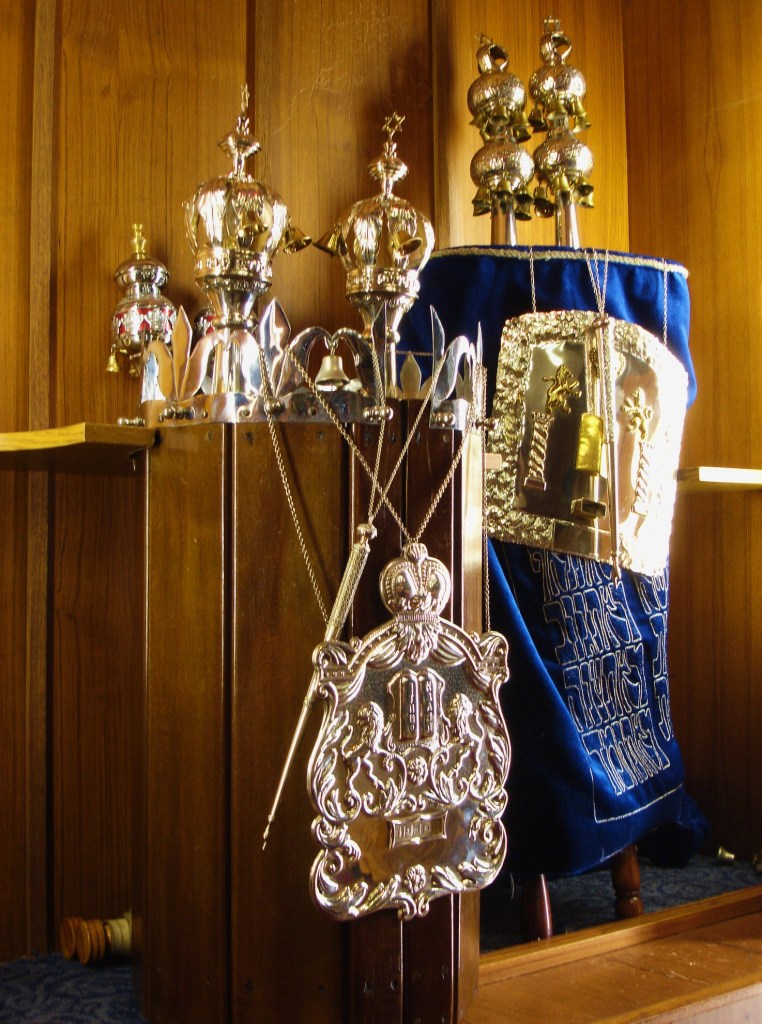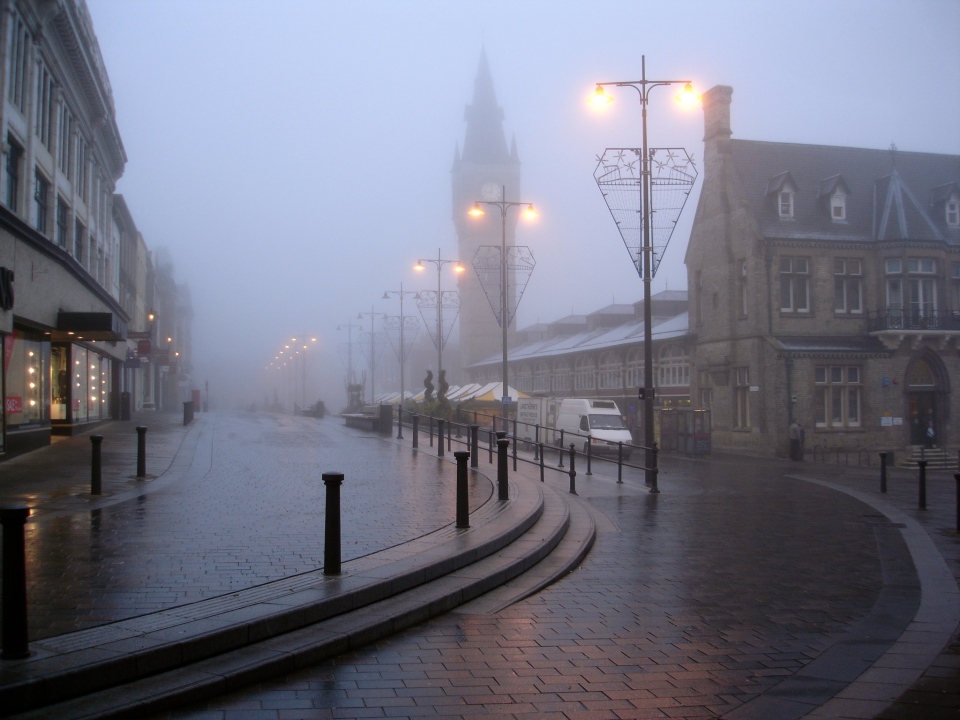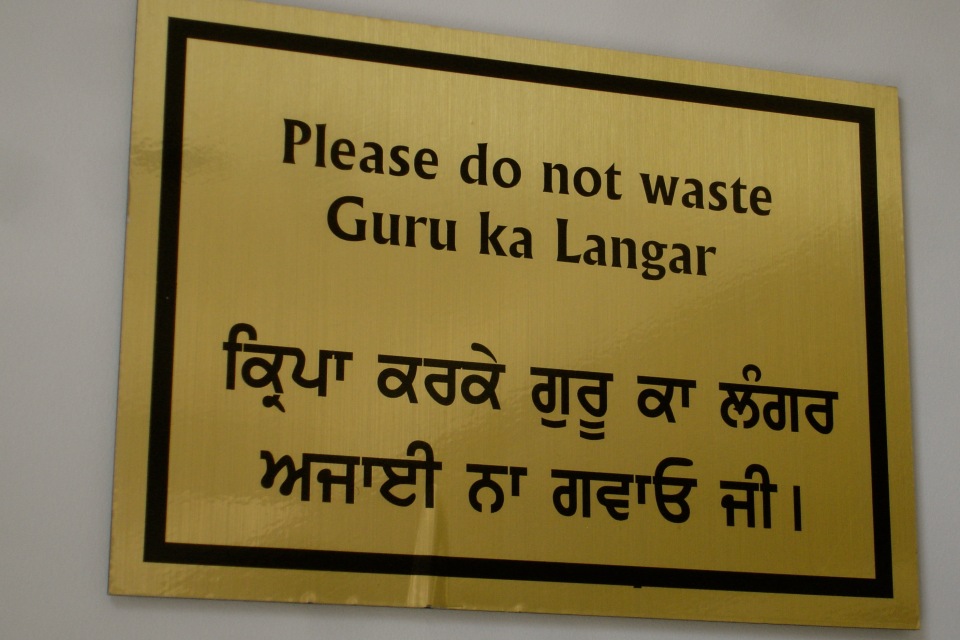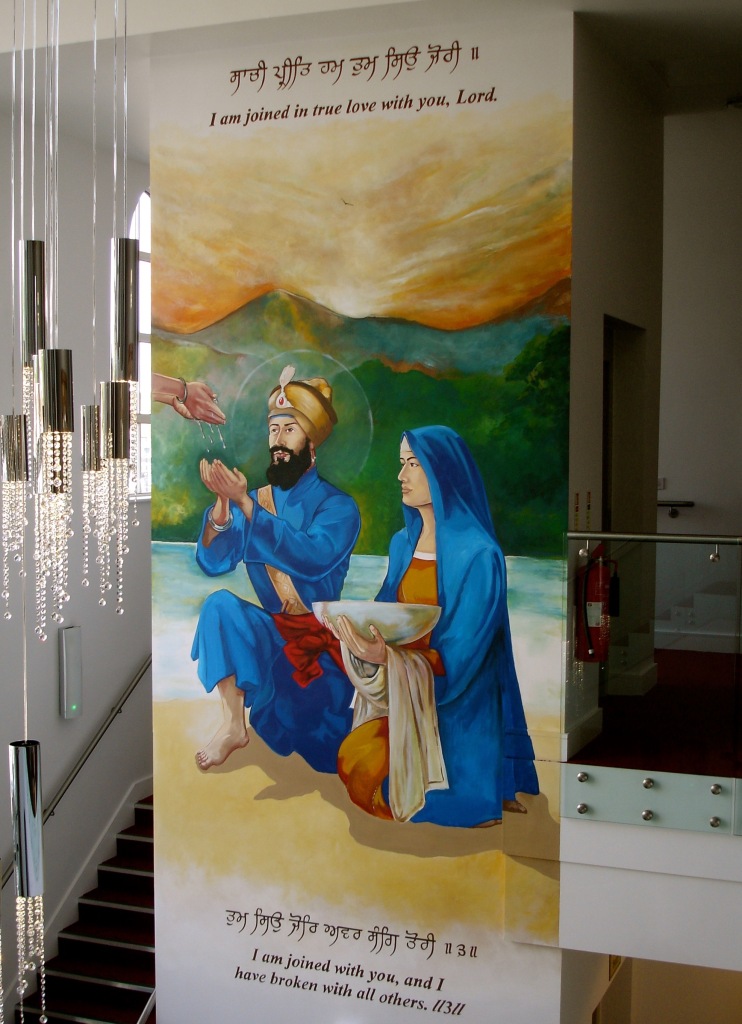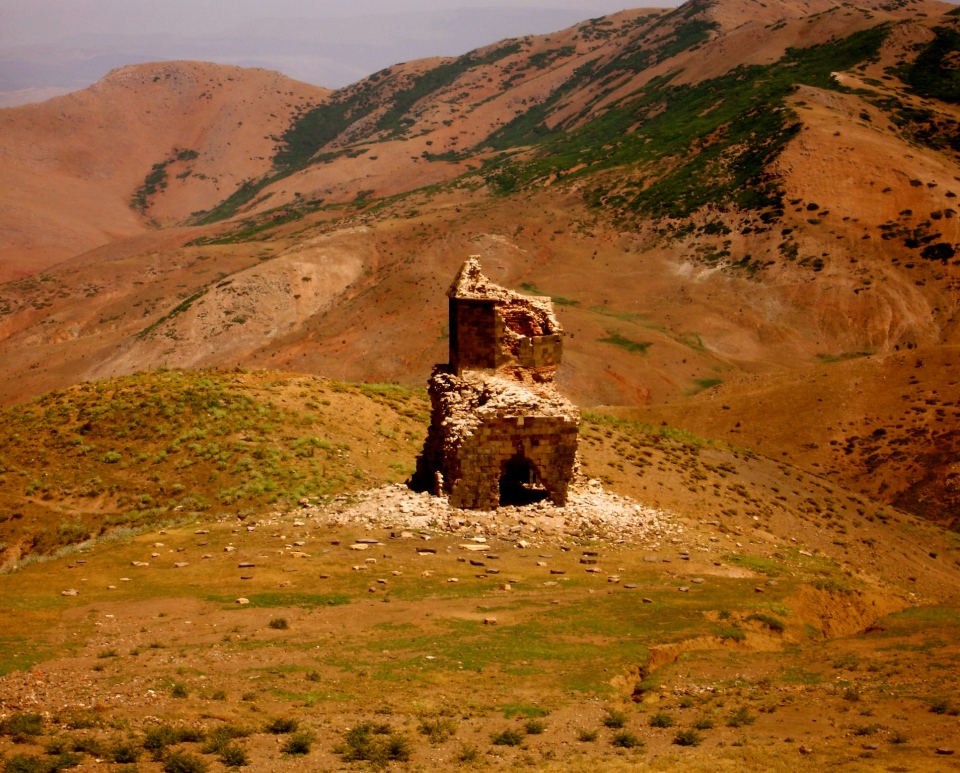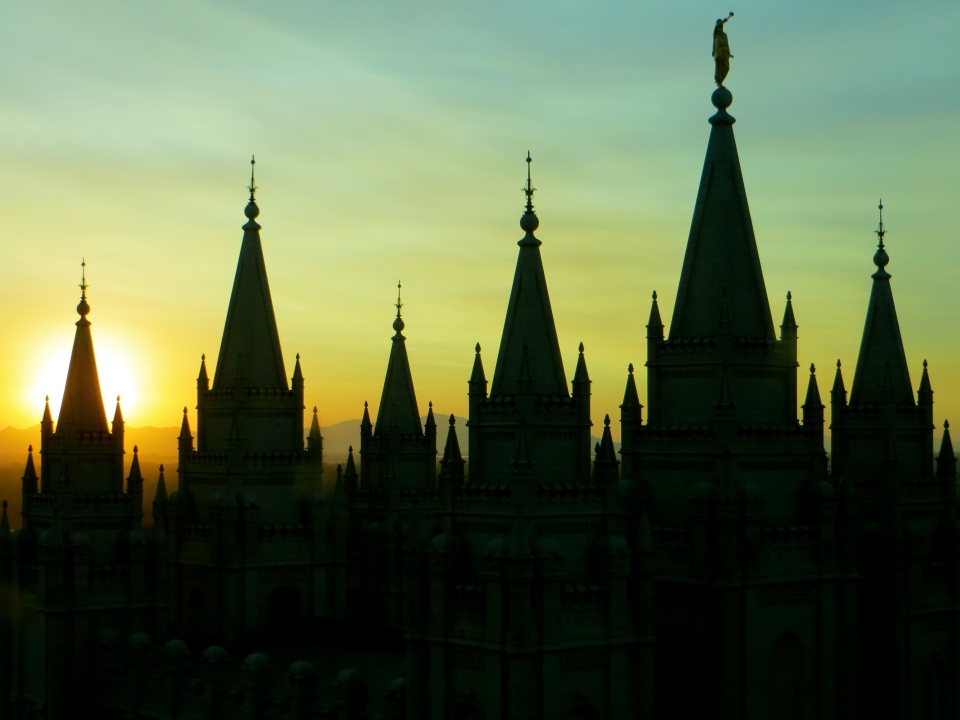Here are some comments about an important ruling recently made by the European Court of Justice:
The ruling by the Luxembourg-based European Court of Justice (ECJ) that employers with justifiable rules on “dress neutrality” can ban workers from wearing any political, philosophical or religious symbols at work is deeply disturbing.
The ECJ ruling is deeply worrying for Sikhs living in mainland Europe because they are already vulnerable to widespread discrimination at work.
The Church of England has attacked the ruling. It has condemned the ruling on the grounds that the judgement would allow employers to ban workers from wearing crucifixes. The Church said the “decision would prevent Christians from exercising their religious freedom”. Islamic groups have also condemned the decision and consider that “the decision would legitimise attacks on Muslims”. The Jewish community would also be unhappy as it could forbid Jews from wearing a yamulka in public (a yamulka is especially popular with Orthodox Jewish men).
Sikh organisations will find it difficult to reverse the ruling on their own. Chances of success will be greater if we work closely with Christians and Jews. I have nothing against Muslims, but the ruling against the wearing of Islamic headscarves could be because of fear of Islamists. However, forcing everyone to “dress neutrally” because you are alarmed by one minority group is plainly wrong.
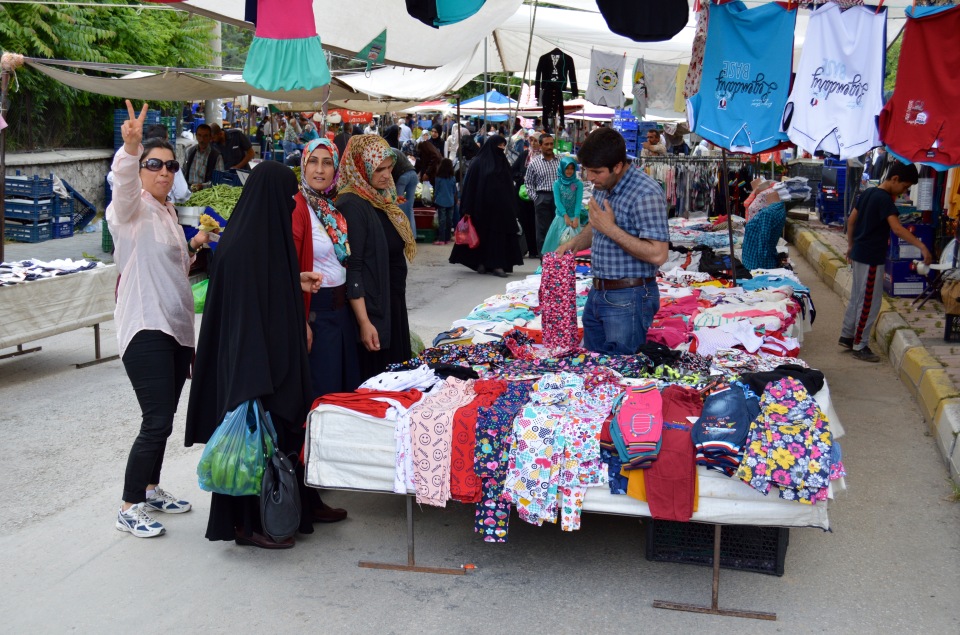
Elazig, Turkey
I have sympathy with some aspects of the above, but I also think that a lot of the above is based on sloppy thinking, as is a lot of other comment that the ruling has so far provoked. What follows is not by any means the final word on the ruling (nor do I agree with everything said), but it engages in a more considered, inclusive and challenging manner with the ruling’s implications than most comment has so far managed.
Yes. The only way to fight the ruling (which many companies/organisations will NOT invoke because of their respect for/commitment to individual/human/religious, etc. rights) with hope of success is to unite across religious/sectarian divides. Ideally, therefore, Muslims SHOULD be embraced to fight the potential “ban” – if only to get across the message to Muslims that it’s just as wrong that Muslims deny to non-Muslims the right to wear religious artefacts/symbols/items of clothing, etc. in overwhelmingly Muslim lands as it is that all religious people might be banned from wearing such things in allegedly secular/predominantly secular nation states. Let me make an obvious point. If banning the hijab, niqab or burqa is wrong, then it is equally wrong for Muslims to ban turbans, crucifixes, kippahs/yamulkas, Stars of David, etc.
The point that follows is too important to ignore. At present around the world, nation states in which religion overtly or covertly shapes all/most aspects of life are more likely to ban the wearing of religious artefacts/symbols/items of clothing, etc. than secular nation states (and such bans are most likely to occur in overwhelmingly Muslim nation states). Moreover, in India under the Hindu BJP, it is more dangerous for non-Hindus to wear religious artefacts, etc. than before the party rose to power – but the situation in India is not nearly as bad (yet?) as in neighbouring Pakistan or Bangladesh where even minority Muslims, let alone Hindus, Sikhs and Christians, are murdered by members of the Sunni Muslim majority because of what they wear, do or believe. The point I make is this. As a general rule, it’s religious people and not secularists who find other people’s religious artefacts, etc. unacceptable, and unacceptable to such a degree that a common outcome is the murder of the people who display them.
But we have to be careful here. Will it be possible to distinguish between what most people of sound mind regard as acceptable/non-controversial religious artefacts/symbols/items of clothing, etc. (which surely include the chador, hijab, turban and kara), and things such as the niqab and burqa, which, for all sorts of reasons whether persuasive or not, cause concern to vast numbers of people (and which have more of a cultural than a religious basis, and which women are often compelled to wear by males so that males can deny women the same opportunities as men)?
Two positive things about the Sikh 5Ks and Christian crucifixes are that they are recognised by the vast majority of people of sound mind to be acceptable/non-controversial religious artefacts/symbols/items of clothing, etc., and they are worn by men AND women without distinction!!!!
What I am getting at is this. When are religious artefacts/symbols/items of clothing, etc. indicators of gender inequality and markers of the weak/disenfranchised/oppressed? Perhaps it is the indicators of gender inequality and the markers of weakness/disenfranchisement/oppression that bans ought to/should/must apply. After all, we do not question that oppressive/regressive practices such as forced marriage, FGM, honour-based violence and slavery, the latter sometimes for sexual exploitation, are wrong, and wrong in every instance.

Shrine, Hindu-run business, Newcastle-upon-Tyne, United Kingdom
But there is another question that needs addressing. Is the right to wear religious artefacts/symbols/items of clothing, etc. so much more important than, say, 15 million people living as slaves in India, or 20 million people facing famine in six or seven African and Middle Eastern countries, or the continued existence of the caste system in the Hindu world, or the destruction of large regions/whole countries by militant/extremist Islamists (with the latter leading to perhaps 20 million additional refugees than would otherwise be the case)? Add to this the harm that commitment to religion is causing in so many other parts of the world and you have to wonder whether human beings can assess the problems that confront them with any sense of perspective and/or proportion. Last, of what consequence is the right to wear religious artefacts, etc. compared with the problems of climate change and uncontrolled population growth, the latter on a planet with rapidly depleting natural resources? People of faith get very upset about a threat to the right to wear religious artefacts, etc. when they should devote far more attention to other matters, not least climate change and uncontrolled population growth. People of faith have done nothing of real/lasting substance to combat either of these long-standing global problems. Furthermore, Roman Catholicism and Islam are themselves major CAUSES of uncontrolled population growth (and thus of climate change) because of their increasingly eccentric views about human fertility and women’s rights and responsibilities.
I would gladly impose a ban on the wearing of all religious artefacts, etc. in exchange for ending slavery in India, or overcoming the threat of famine in parts of Africa and the Middle East, or consigning to history the Hindu caste system, or liberating the world from militant/extremist Islam. Moreover, I am confident that the vast majority of religious people of sound mind would agree with me – if only because the right to wear religious artefacts, etc. is of far less importance than ending the brutal obscenities of slavery, famine, the caste system and militant/extremist Islam. Put another way, the right to wear religious artefacts, etc. is of far less importance than providing fellow human beings with the liberty and life chances that I take for granted on a daily basis.
As a good Buddhist friend said in relation to the controversy, “So much unnecessary fuss is made about religious symbols when that is all they really are, symbols. Would any person of sane mind, religious or otherwise, argue that a symbol should be put before the life or liberty of a fellow human being? If such a person exists, then they have not understood what religion (or life) is truly about: spiritual growth, knowledge and understanding, ethical conduct, compassion and forgiveness, and the provision here and now of enhanced opportunities for everyone.”
But back to the ECJ “ban”. It must be remembered that it applies equally to political and philosophical as well as religious artefacts/symbols/items of clothing, etc. If we condemn the “ban” on religious artefacts, etc., it is illogical not to also condemn the “ban” on political and philosophical symbols, etc. This confronts us with a challenge of considerable gravity. If we insist that it’s okay to wear religious symbols, then it must be equally okay to wear symbols such as the Nazi swastika. How many Jewish people will support the right to display the Nazi swastika in exchange for the right to wear the kippah/yamulka? I’m not Jewish, but even I cannot bring myself to support the right to display the Nazi swastika.
The ECJ “ban” may yet inspire some sensible/considered/thoughtful/beneficial outcomes – but at present, people are still primarily concerned with their narrow sectarian/confessional worries instead of looking at the bigger picture.
Which brings me to my penultimate point. Perhaps we have got ourselves into the current mess about religious artefacts, etc. only because we never in our own minds had a clear understanding about which were acceptable/non-controversial and which were unacceptable/controversial. What has been the outcome of this? In a sometimes misguided attempt to “respect” cultural diversity, even when cultural diversity results in enforced segregation, gender inequality and the denial of rights and opportunities to the weakest, we conceded ground to the militants, extremists and people who seek to sustain regressive practices. As usual, it is mostly men who are the militants, extremists and people who seek to sustain regressive practices – and their first victims are the women and children in their own communities.
My view in relation to the controversy? There ARE some religious artefacts, etc. (and some political and philosophical symbols, etc.) that definitely do NOT deserve to be banned, but there are others that SHOULD be banned (as should some political and philosophical symbols, etc.). But if it is impossible for society as a whole to agree on what to ban, I would happily ban the lot because the right to wear religious artefacts, etc. is of far less importance than many other matters humankind urgently needs to address. Compare the right to wear religious artefacts, etc. with climate change, uncontrolled population growth, slavery, famine, the Hindu caste system and/or militant/extremist Islam, and you have the difference between an issue largely devoid of significance and issues of inescapable global consequence. As my Buddhist friend suggests, religious symbols are just that, symbols. What is the point worrying about mere symbols when confronted with the consequences of climate change, uncontrolled population growth, slavery, famine, the Hindu caste system and/or militant/extremist Islam?

Gurdwara Sri Guru Singh Sabha, Newcastle-upon-Tyne, United Kingdom
The above provoked the following seven thoughtful responses from people with and without faith commitments:
One. Much has been made of the fact that the ECJ ruling has been welcomed by far-right political groups in parts of Europe, but much less attention has been given to the support it secures from organisations such as the UK’s British Humanist Association and the National Secular Society, organisations whose commitments to liberalism, inclusivity and cultural pluralism are impossible to dispute. That the ruling has secured support from such diverse interest groups who rarely agree on anything confirms in my mind that the ruling is far more subtle/nuanced/complex/even-handed than many allow. Moreover, I welcome the ruling because it will at last provoke some serious thought about matters of considerable concern in pluralist societies, societies that have to balance respect for cultural diversity with ensuring that none of their citizens suffer disadvantage, discrimination and/or the denial of basic human rights. Needless to say, where respect for cultural diversity results in people suffering disadvantage, discrimination and/or the denial of basic human rights, the aspects of cultural diversity that lead to such intolerable circumstances must be challenged, and challenged as a prelude to being outlawed altogether. We could therefore do a lot worse than agree about the religious artefacts, etc. that are indicators of gender inequality and the markers of the weak/disenfranchised/oppressed and decide what to do about them. My instinctive reaction to such religious artefacts, etc. is that they SHOULD be banned.
Two. I agree with a lot of what is said above, but offer a few words of warning or caution. Even if agreement is reached about the religious artefacts, etc. that are contemptible/indicators of gender inequality/markers of the weak/disenfranchised/oppressed and it is decided to ban them, will the ban be the thin end of the wedge leading to a ban on all religious artefacts, etc.? I think the problem is not insurmountable – but “thus far and no further” guarantees will have to be considered to ensure that, for example, gender inclusive/non-controversial artefacts, etc. are never considered worthy of a ban.
Three. For me, the key issue is that you cannot say bans on religious symbols are wrong while saying that bans on political and philosophical ones are right. If bans on religious symbols are wrong, bans on political and philosophical ones are also wrong.
Four. Self-evidently, many religious, political and philosophical artefacts/symbols/items of clothing, etc. ARE uncontroversial, but others are less so.
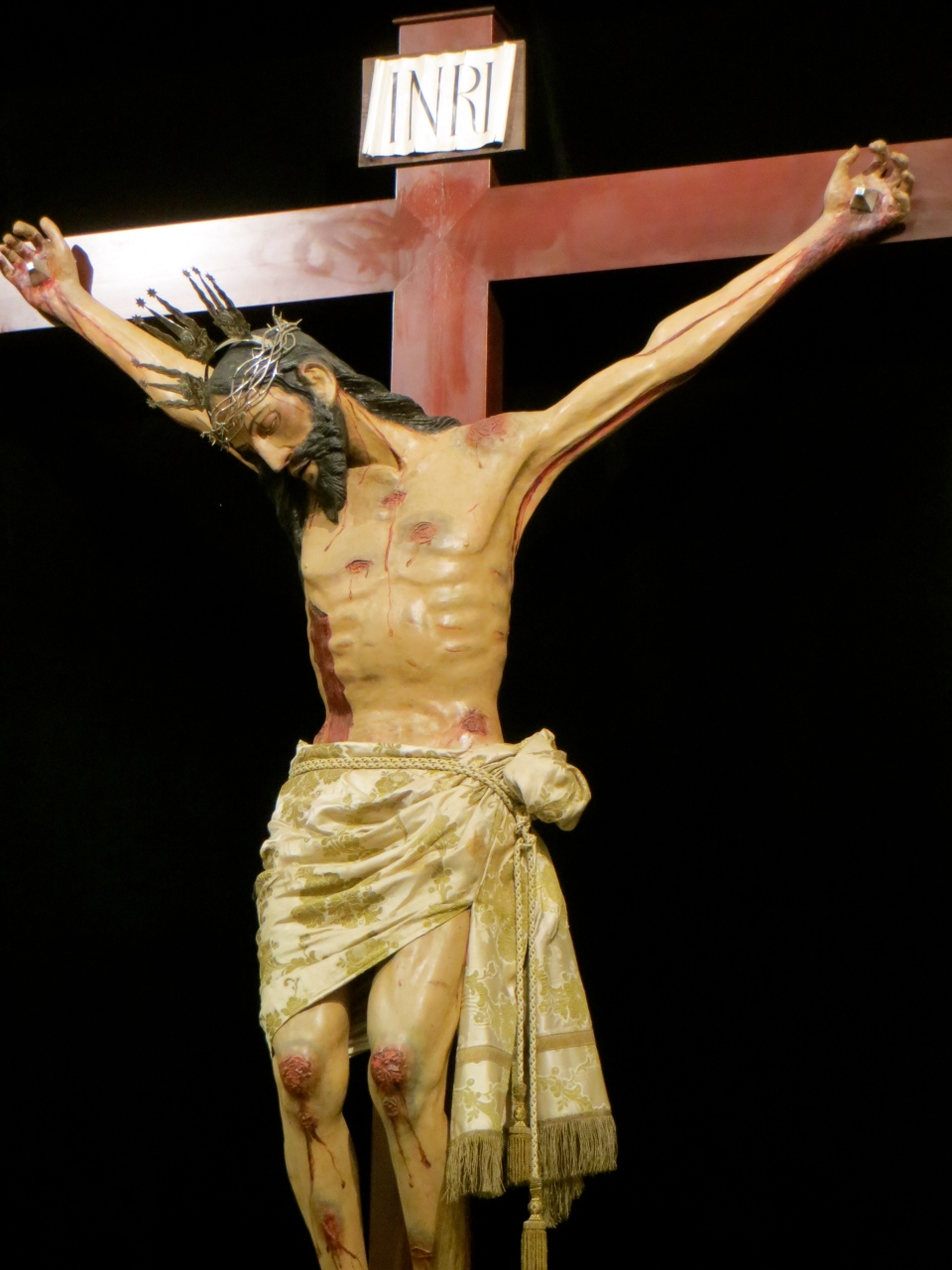
Montilla, Spain
Five. Since we already have in the UK laws that forbid things such as the incitement of murder and racial hatred, I imagine that some political, etc. symbols are already banned. Perhaps we simply need to look again at our laws to first identify what we regard as just as bad as the incitement of murder and racial hatred (e.g. homophobia, slavery, denying girls and women the same rights and opportunities as boys and men, denying people with disabilities/special needs/learning difficulties the same rights and opportunities as everyone else, etc.) and then consider outlawing everything that contributes to/sustains such disadvantage and discrimination, religious, political and/or philosophical symbols included.
Six. Many religious symbols are not only indicators of gender inequality and/or the markers of weakness/disenfranchisement/oppression; they are a way of exaggerating differences between people when humankind needs to emphasise all that unites rather than divides it. Note also that the merits (or otherwise) of a specific religious symbol are very definitely in the eye of the beholder. Above, it is suggested that crucifixes (and, by implication, Christian crosses more generally) qualify as acceptable/non-controversial religious artefacts, etc. But consider this:
“In truth, countless Jews of our world will never be able to distinguish the cross from the swastika, nor ought they be expected to do so. It was after the Holocaust that a Jewish woman, catching sight of a huge cross displayed in New York City each year at Christmastime, said to her walking companion, Father Edward H. Flannery, ‘That cross makes me shudder. It is like an evil presence.’ It was in and through the Endlosung (the final solution of the question of the Jews) that the symbol of the cross became ultimately corrupted by devilishness. When asked by two bishops in 1933 what he was going to do about the Jews, Adolf Hitler replied that he would do to them exactly what the Christian church had been advocating and practicing for almost two thousand years” (Roy and Alice Eckhardt, “Long Night’s Journey into Day: life and faith after the Holocaust”, Wayne State University Press, 1982, pp. 99-100).
Consequently, one person’s treasured religious artefact is another person’s reminder of discrimination, persecution and mass murder/genocide. In responding sensibly to the ECJ ruling, this must not be forgotten.
Seven. As an anarchist with marked libertarian inclinations, I am reluctant to ever advocate banning anything – but I note with considerable interest that for the last two to three thousand years, people of faith have engaged in banning things with a frequency that even authoritarian/totalitarian political regimes have rarely emulated (such bans are usually predicated on frankly ludicrous ideas associated with “heresy”). Nonetheless, I see exactly what is meant about a distinction between acceptable and unacceptable religious artefacts, etc. However, perhaps the thing to do is not to ban the latter but to engage in a process of education/discussion/debate to “prove” that they are unacceptable. Once the process has been completed, people will dispense with the unacceptable artefacts, etc. in precisely the same way that no people of sane mind (to use a phrase from above) today tolerate slavery, famine, the caste system, the denial of equal rights and opportunities for particular groups or individuals, and/or the torture or murder of alleged witches. In other words, through a process of education/discussion/debate, we become what we purport to be, a civilised society.
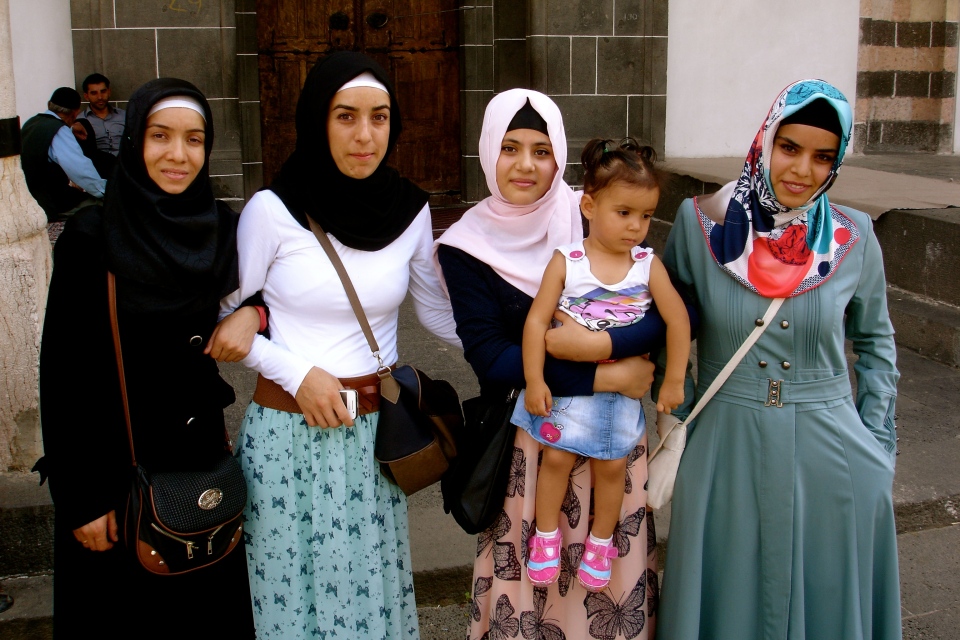
Diyarbakir, Turkey
P.S. The above was uploaded to the blog not long after a terrorist attack in Westminster in London that resulted in the death of four innocent people, one a police officer on duty outside the Houses of Parliament (the terrorist was shot dead by the police), and not long after a similar terrorist attack in Antwerp in Belgium that might easily have resulted in far more deaths than in London. But none of the people who wrote to express concern about how the ECJ ruling might compromise the right to wear religious artefacts, etc. thought that the latest terrorist attacks in London and Antwerp were worthy of comment. Clearly, many people struggle to distinguish between what is important and what is far less important.
P.P.S. It is time to draw this post to a conclusion, partly because it has generated more interest (e.g. see the comments) than any other post on the blog. Thus, my thanks to people of different faiths and none (e.g. a Roman Catholic, two Muslims, a Buddhist, three Sikhs, a Druid, an atheist and an anarchist), whether male or female (in one way or another, almost as many females as males have contributed to the post). But my greatest thanks go to Rawda Kemal, a Syrian woman who arrived in Darlington a few years ago. Rawda self-declares as a Shafi Sunni Muslim. Many of the insights in the long contribution above (the one beginning, “Yes: the only way to fight the ruling…”) are hers (the contribution is a joint effort by Rawda and one other person).
P.P.P.S. A fifth innocent person, a young Romanian woman on holiday with her boyfriend, has died (6.4.17) as a consequence of the terrorist attack in Westminster. To date (7.4.17), no individual in the EU has been banned from wearing religious artefacts, etc. in the workplace because of the ECJ ruling.
